The Best Tents and Shelters for Camping and Backpacking
Ready for a night out? Whether you’re an ultralight alpinist, family of backpackers, devoted hanger, or comfort camper, you'll find the best tents, tarps, and hammocks for your outdoor overnights right here.
Check out our top picks below to shelter you in any terrain, trip, or season: winter mountaineering, three-season thru-hiking, warm weather car camping, hammock hanging, alpine bivys, tarps, and emergency shelter.
Want to dig deeper? Browse our thousands of independent tent and shelter ratings and reviews by product type, brand, or price. Written by real-world hikers, backpackers, alpinists, climbers, and paddlers, Trailspace community reviews will help you select a dependable, field-tested, outdoor abode just right for your next adventure.
On This Page
Types of Tents and Shelters

Four-Season Tents
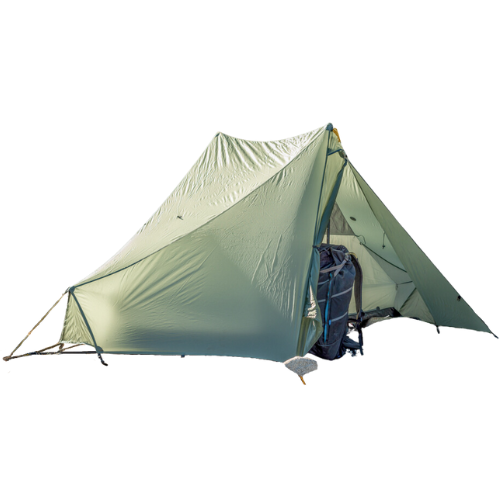
3-4 Season Convertible Tents

Three-Season Tents
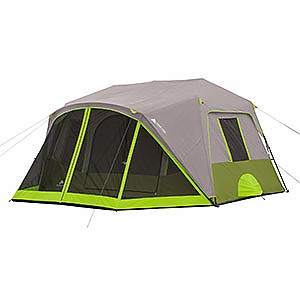
Warm Weather Tents
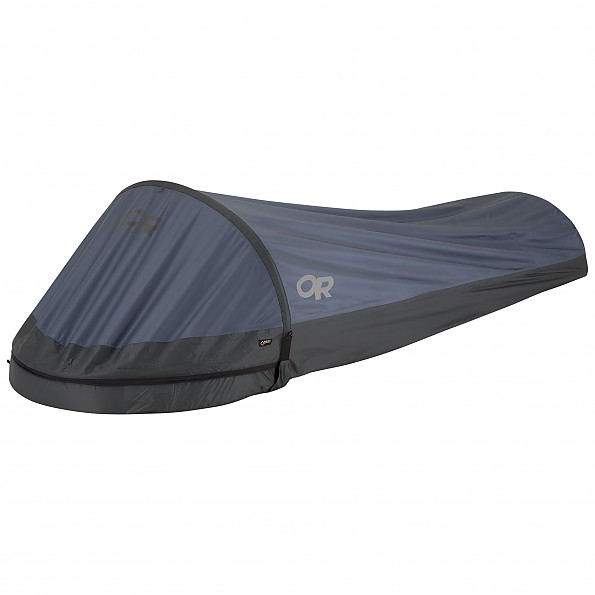
Bivy Sacks
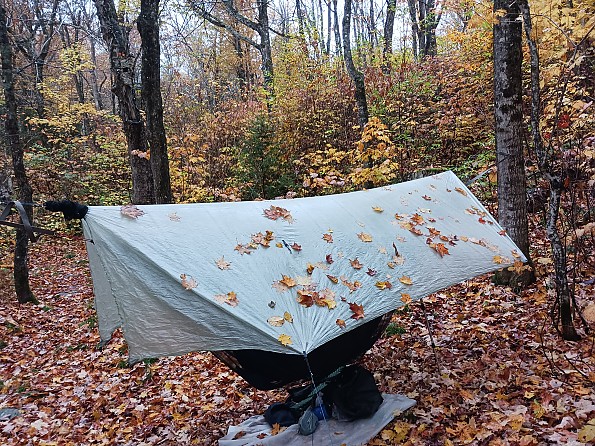
Tarps and Shelters
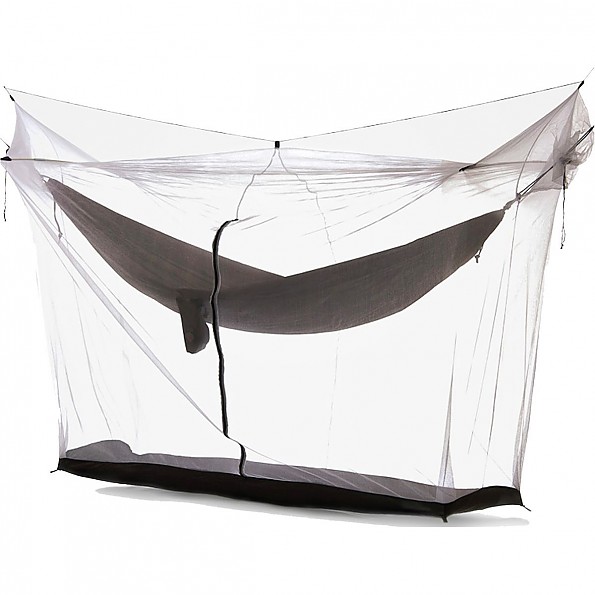
Bug Shelters
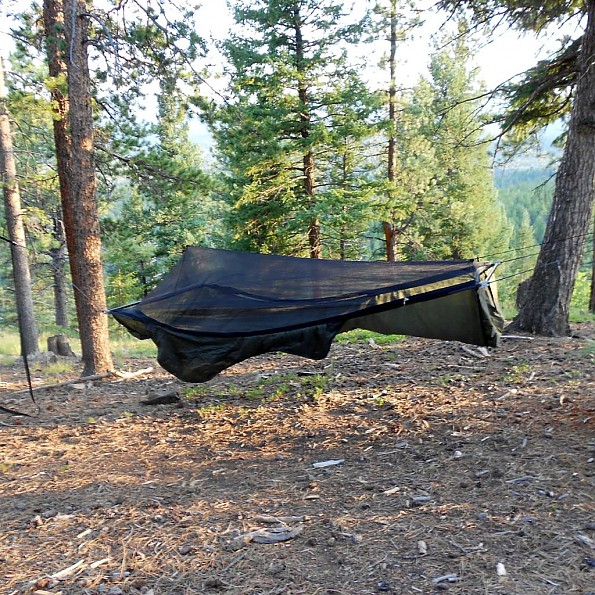
Hammocks and Accessories

Canopies
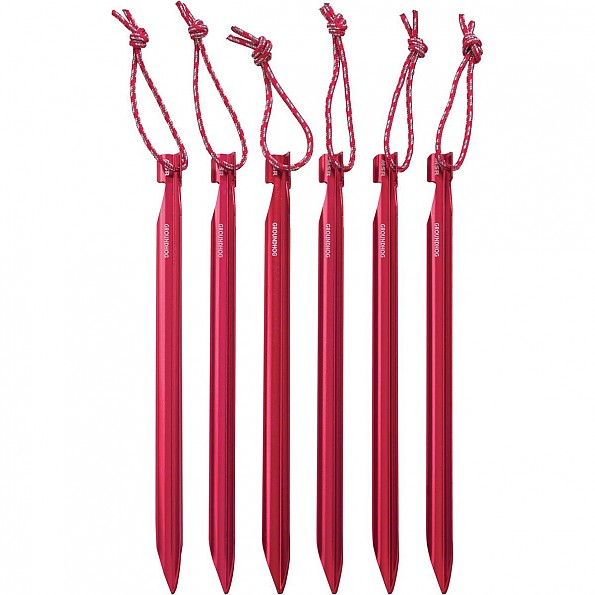
Tent Accessories
How to Choose a Tent
Like campers and backpackers, tents come in a variety of shapes, sizes, and styles. Tents provide not only a place to sleep, but protection from the elements (and mosquitoes and other critters), a sheltered spot for you and your gear, and a little privacy and sense of security in the great outdoors. Since you’ll depend on your tent for shelter, be sure to choose a good quality one that fits your outdoor needs. Having the right tent can mean the difference between sleeping peacefully amid the pitter patter of a summer shower and making a soggy, middle-of-the night trip back to the car or to a local motel.
What’s the “best” tent or shelter for you? Consider your personal outdoor needs, preferences, and budget:
Conditions: First, and most important, in what seasons, conditions, and terrain will you use your tent, tarp, or hammock? Choose a shelter that can handle the conditions you expect to encounter (rain, snow, wind, heat, humidity, biting insects, an energetic scout troop), but don’t buy more tent than you truly need, and don’t expect one tent to do it all.
Capacity: Tents are typically classified by sleeping capacity (i.e. one-person, two-person, etc). However, a tent's stated sleeping capacity usually does not include much (or any) space for your gear and there’s no sizing standard between tent manufacturers. Some users size up.
Livability: Will you use the tent as a basecamp or is it an emergency shelter only? To determine if you and your gear will fit, look at the shelter’s dimensions, including floor and vestibule square areas, height and headroom (including at the sides), plus the number and placement of doors, gear lofts, and pockets, to assess personal livability, comfort, and footprint.
Weight and Packed Size: If you’ll be backpacking, climbing, cycling, or otherwise carrying that shelter, consider its weight, packed size (and your pack it needs to fit in), and its space-to-weight ratio before automatically opting for the bigger tent. Paddlers and car campers have more room to work with, but everyone should consider how the tent and its parts pack up for stowage.
Design: Tents come in various designs. Freestanding tents can stand alone without stakes or guy lines and can be easily moved or have dirt and other debris shaken out without being disassembled, though they still need to be staked out. Rounded, geodesic domes are stable and able to withstand heavy snow loads and wind. Tunnel tents are narrow and rectangular, and large family cabin tents are best for warm-weather campground outings.
Other features and specs to consider include single versus double-wall, ease of setup, stability, weather resistance, ventilation, , and any noteworthy features.
Conditions: When and How Will You Use the Tent?
In what seasons and conditions will you use your tent? Knowing when, where, and how you camp will help you select the right shelter for you and your adventure. Choose a tent that can handle the most severe conditions you expect to encounter, but don’t buy more tent than you truly need.
Four-season tents, with extra poles to withstand heavy snow and high winds and designed for extremely cold temperature, are essential for winter use, or any time you might encounter winter-like conditions. Also known as mountaineering tents, they are the heaviest and sturdiest of the bunch and can be used year-round, but are generally too hot and heavy for warm weather. If you plan on winter camping, get a four-season tent. Read reviews and top picks »
3-4 season convertible tents convert from four-season to three-season use with the removal of a couple of poles or panels. They tend to be heavier than standard three-season models, but offer greater versatility than a three- or four-season tent alone. They can also save you money since you buy one tent instead of two. Read reviews and top picks »
Three-season tents are designed for spring, summer, and fall use. While not designed to withstand heavy snow loads, they should hold up if you encounter a light early- or late-season snowfall. Most recreational hikers and backpackers choose a three-season tent for non-winter excursions. Read reviews and top picks »
Warm weather, or summer, tents are lightweight and usually have lots of mesh for excellent ventilation in warm and humid weather and for protection from bugs. They’ll keep you from sweltering inside a stuffy tent during a heat wave, but don’t expect to use one when the temperature drops. Read reviews and top picks »
Bivy sacks are small, solo shelters with just enough room for you and your sleeping bag. For climbers or cyclists whose number one priority is shaving weight, they are an excellent option. They also can serve as an emergency shelter. Claustrophobic? Choose something else. Read reviews and top picks »
Tarps and shelters: By sacrificing a floor and inner tent, tarps and shelters offer basic protection from rain and wind at a very low weight. These are for true minimalists who don’t mind sleeping on the ground and being closer to the elements of nature. They also provide extra shelter from the sun and rain at camp and make great kitchen or dining areas. Read reviews and top picks »
Hammocks: Want to avoid pitching a tent on rocky, wet, or uneven terrain? Hammocks are yet another option for the minimalist or low-impact camper. Lighter and smaller than tents, hammocks hang above the ground and allow for more off-trail campsite options. Most have a net or other covering to keep out insects. You’ll need a couple of trees to set one up though; so don’t bring a hammock on your desert trip. Read reviews and top picks »
Tent Capacity
Most tents are classified by sleeping capacity—solo, two-person, on up to expansive six- and even eight-person family models. So you need to know how many people you’ll typically be camping with to select the right size.
How much space each person—and their gear—needs can be subjective. For those who only need a minimal space to sleep a bivy sack or hammock will do just fine. Others want room to sit (or even stand up), spread out their gear, and make themselves at home. Most campers and backpackers fall somewhere in the middle.
Not sure what two- or three-person really means? A tent's stated sleeping capacity usually does not include much (or any) space for your gear and there’s no sizing standard between tent manufacturers. However, most manufacturers provide size specifications for their tents. Look for the dimensions of the tent’s footprint or floor space. Then lay out your own ground pad(s) and sleeping bag(s), measure them, and compare that to the tent manufacturer’s floor space to determine if you’d be comfortable. You’ll also want to consider how much headroom there is if you want to be able to sit up and how much storage room any vestibules provide.
If you or any of your tentmates are on the large size or will have extra gear (as in winter) that you need to keep in the tent, consider going up a tent size. Two people might consider a three-person model for the essential extra room it provides. You’ll also want to consider how much time you’ll spend in your tent. Is it for sleeping only or will you be spending a lot of time hanging out at camp?
Tent Weight
While you may be thinking, “why not just get the bigger tent?”, remember—the bigger the tent, the heavier it is. If canoeing or car camping, weight may not be a major factor. But, if you’ll be backpacking, climbing, or cycling, every ounce you carry matters. Choose a tent that will fit you and any gear you need to bring into the tent or vestibule and that you’ll feel comfortable in. But don’t overdo the size at the cost of added weight or your back won’t forgive you.
Tent Designs
Freestanding tents can stand alone without stakes or guy lines and can be easily moved or have dirt and other debris shaken out without being disassembled. They still need to be staked out though or a strong wind could blow your campsite right off the mountain.
Most four-season tents utilize a rounded, geodesic dome design, which makes them stable and able to withstand heavy snow loads and wind. They also provide decent interior space and headroom, should you find yourself snowbound inside one for a few days.
Tunnel tents are narrow and rectangular. Many three-season models come in this design. Since their rain flies lie flatter, they are not designed to handle heavy snow loads.
Large family cabin tents with high ceilings and nearly vertical walls are very spacious and provide plenty of space for people and their belongings. They can be good for families staying at campgrounds, but are very heavy, harder to set up, and not very weatherproof.
Other Considerations
A footprint or ground cloth under your tent will prolong its life. Some tent manufacturers make footprints specifically for their tents. You can make your own though by cutting a piece of clear plastic or Tyvek a few inches smaller than the footprint of your tent. Making it smaller than the tent prevents it from catching rainwater and funneling that water under your tent.
Practice setting your tent up in the backyard before you take it into the backcountry. You’ll want to know how things fit together and if you’re missing a pole before you arrive at a wooded campsite in the dark.
Once your tent is set up in the backyard or garage apply seam sealer to its seams, paying special attention to the floor and rain fly. Seam sealing will help keep moisture from rain and dew outside. Some tents come with factory-taped seams. Although they offer more protection than unsealed seams, these should still be seam sealed for maximum waterproofness. Be sure to carefully follow both the tent manufacturer and seam sealer’s instructions and have adequate ventilation during the sealing process. Depending on how often you use your tent and the quality of your seam sealer, you may want to repeat this process yearly.
A gear loft or tent attic added to the ceiling of your tent can provide extra storage room and better organization inside the tent.
Now head over to Trailspace’s tent user reviews and product descriptions to find the right tent for your next outdoor adventure. Soon you’ll be happily ensconced in your home away from home with nothing to worry about but your tentmate’s snoring.
Tent Reviews and Top Picks
Whether you’re looking to pitch a summer tent that fits your whole family at the local campground, a rugged mountaineering tent for your next winter expedition, or a lightweight tarp for solo backpacking, we can help you find the right shelter for you and your outdoor companions.
Trailspace users have reviewed more than a thousand tents, shelters, and hammocks, which we've boiled down to top picks in seven categories:
Review Your Outdoor Gear
If you've found this site helpful — or if we've missed something important — please consider paying it forward by some of your favorite outdoor gear.
Why? From professional gearheads to outdoor novices, everyone has an important point of view to contribute. will support the outdoor community and help others find the best gear.
Trailspace reviewers are outdoor enthusiasts like you: hikers, climbers, paddlers, backcountry skiers, and trail runners who share our experiences with the gear and clothing we rely on to get outside. Learn more about Trailspace
